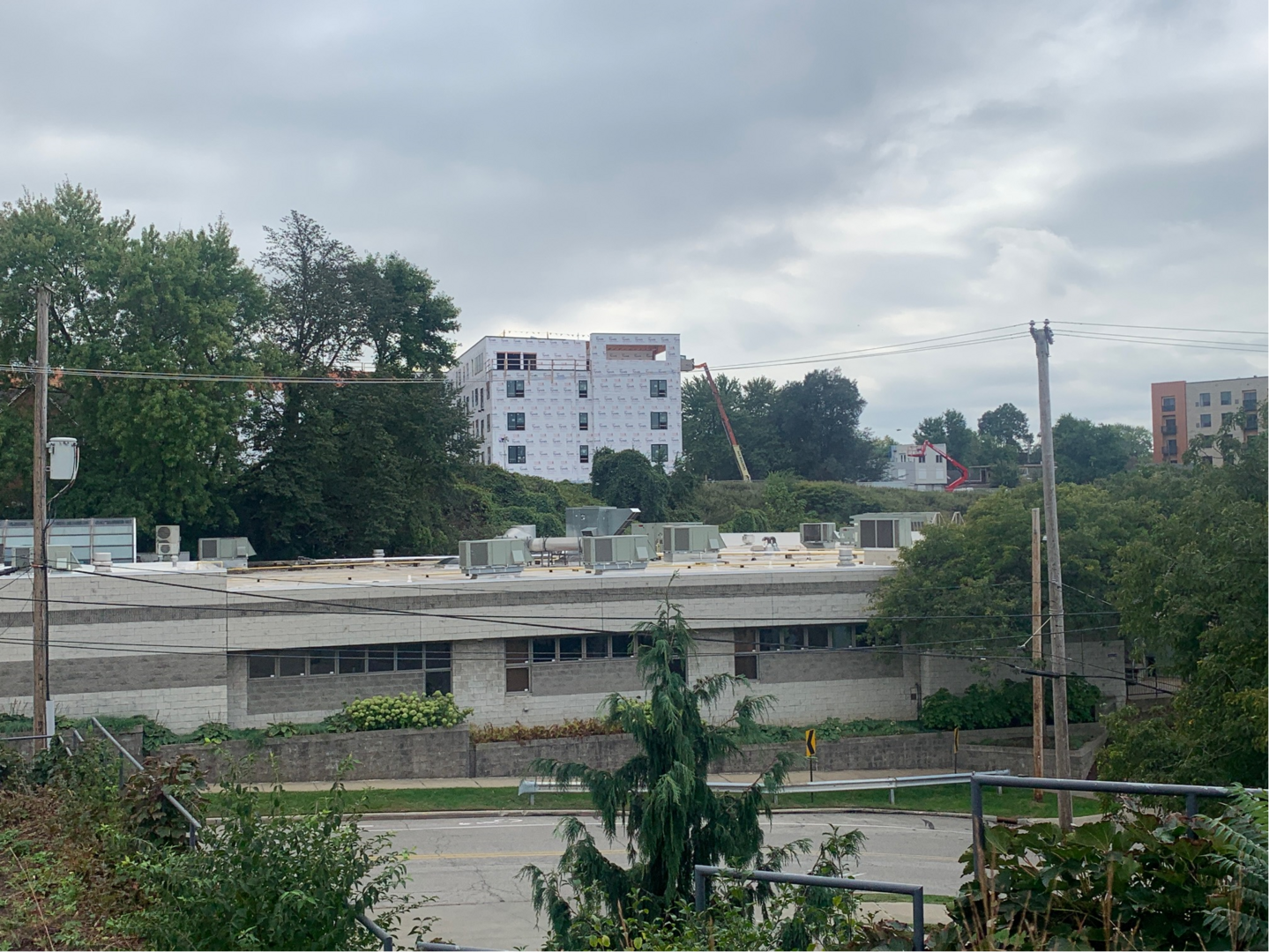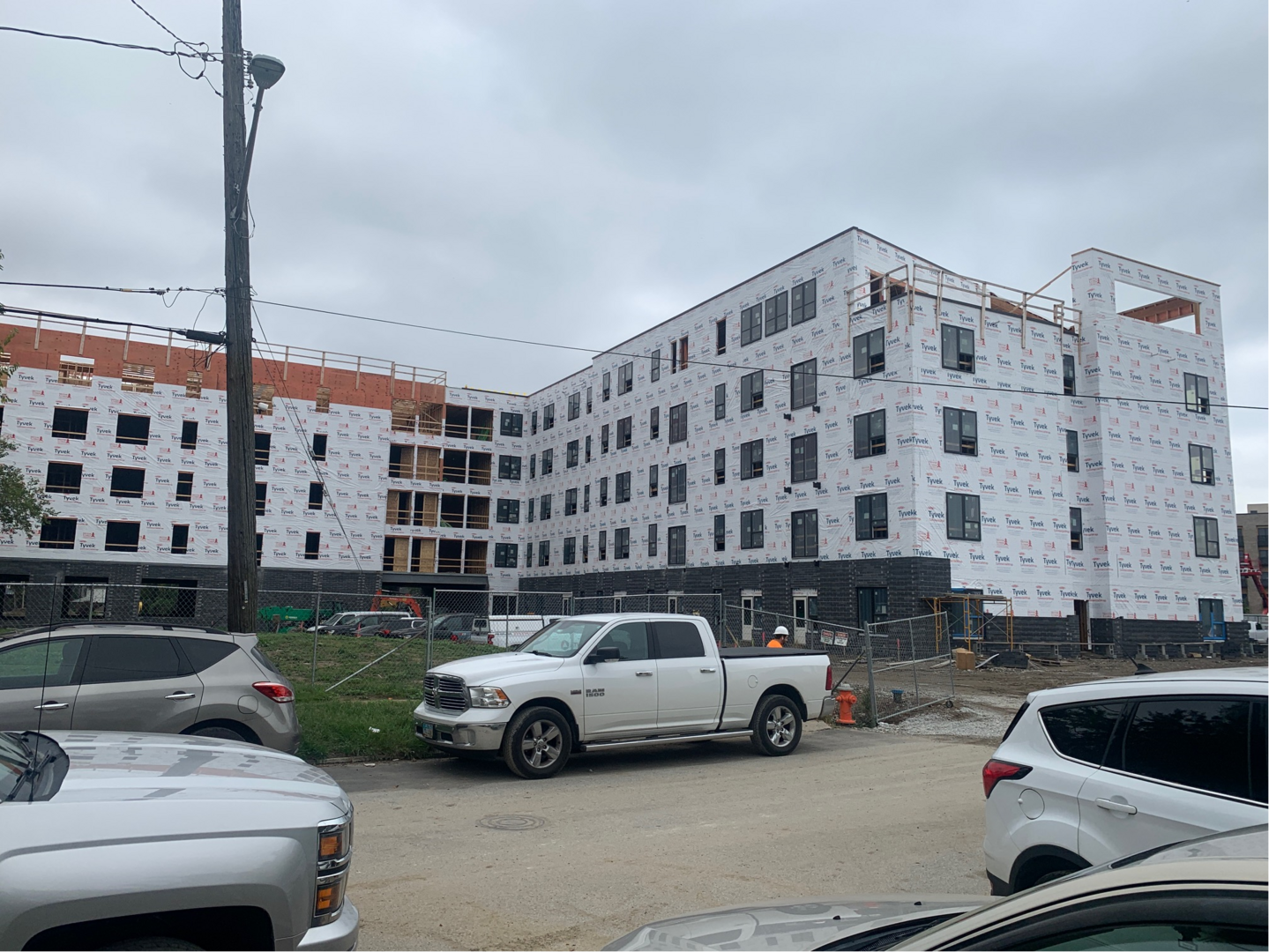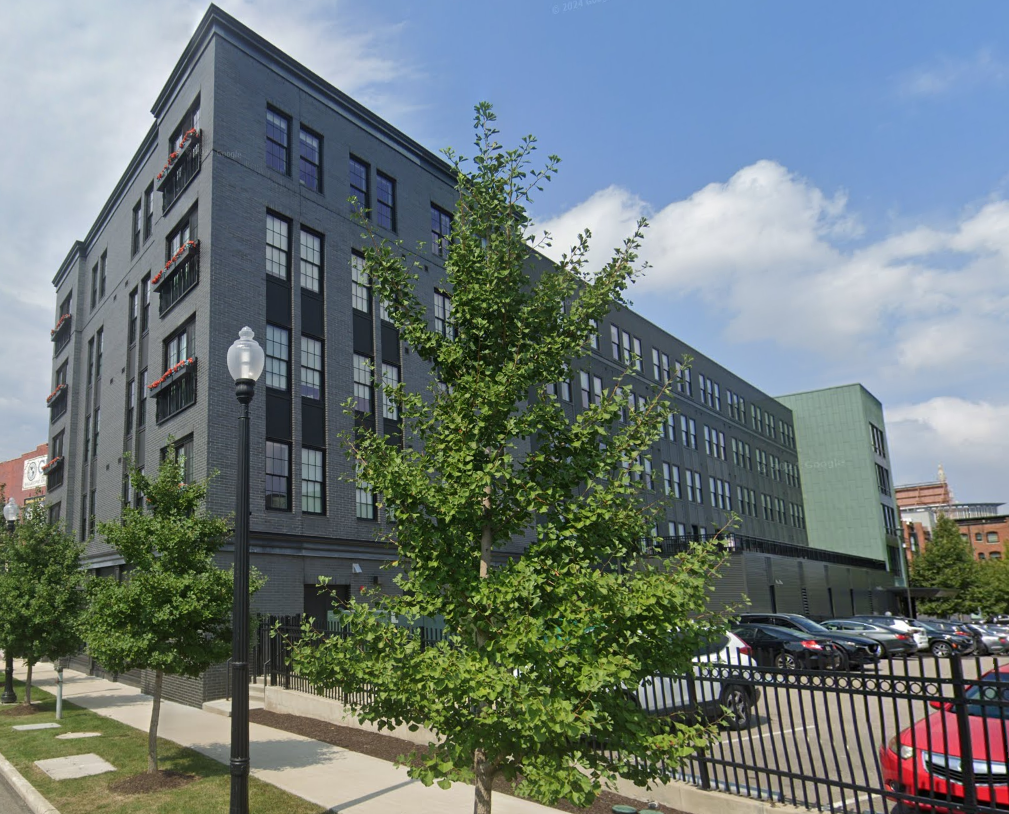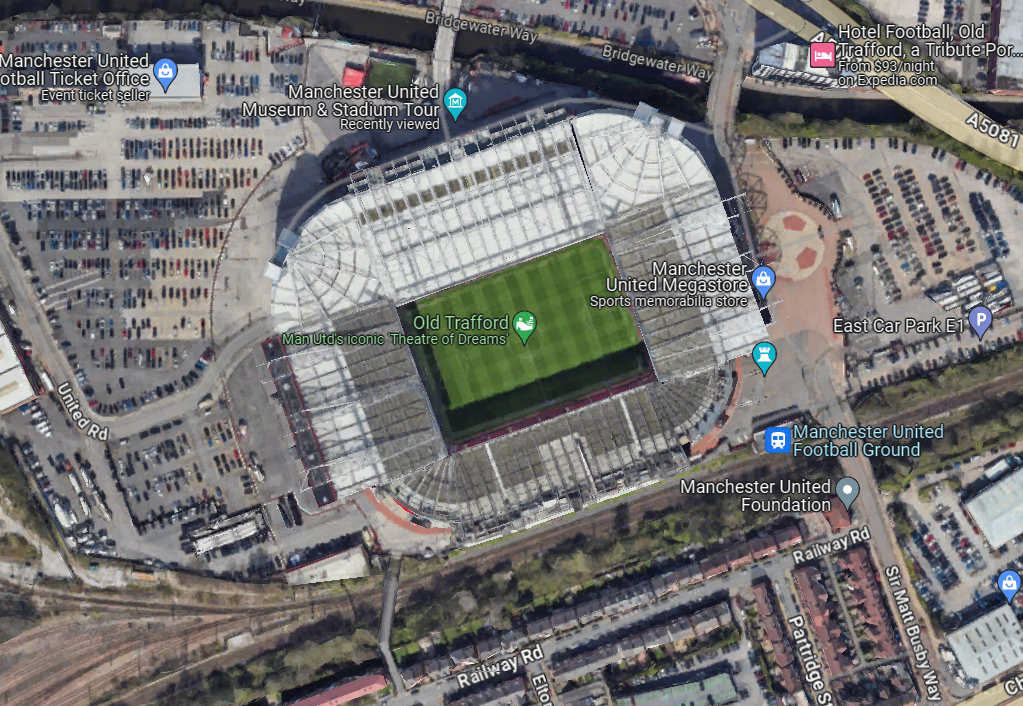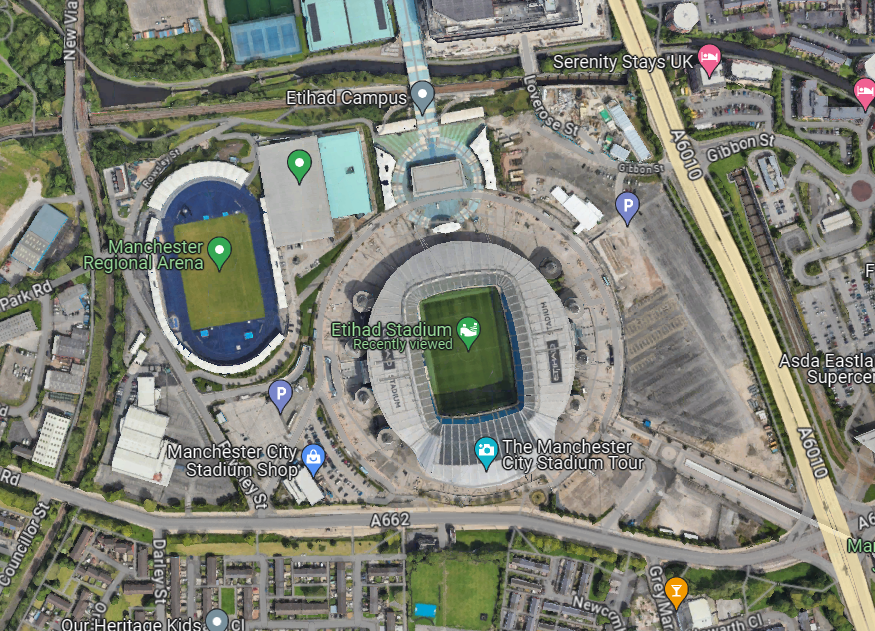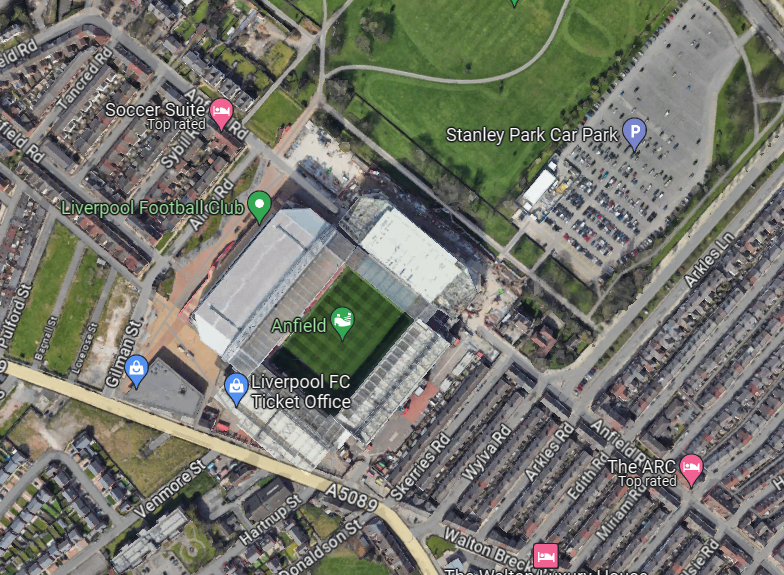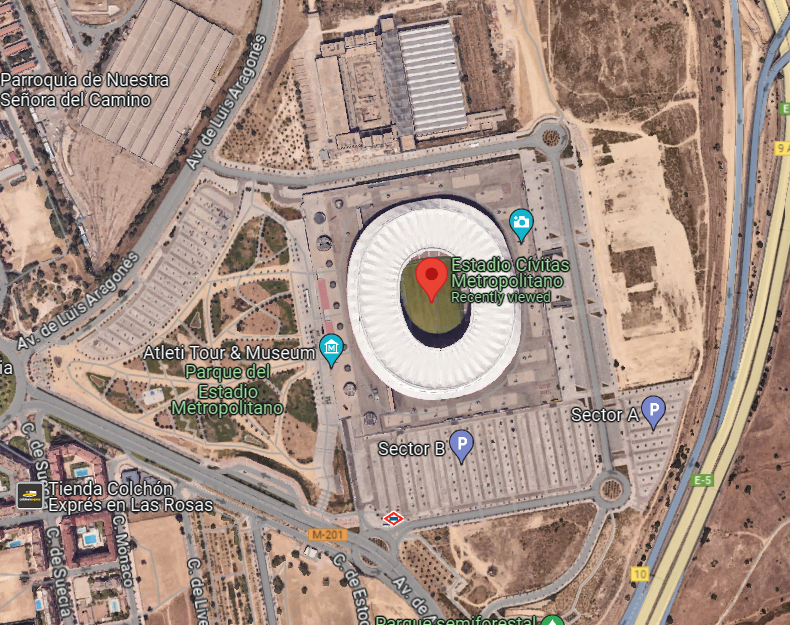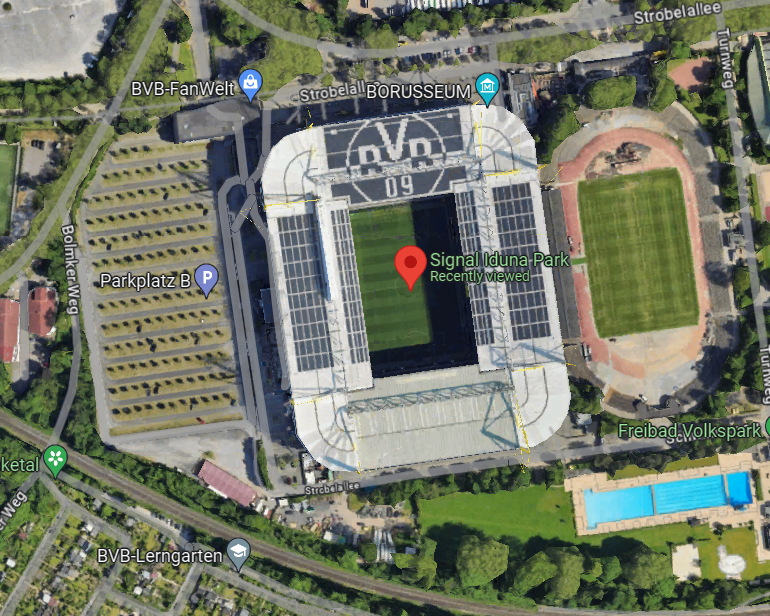Everything posted by Dino
-
Brook Park: New Cleveland Browns Stadium
This isn't the end of the world, and it won't be a death blow to downtown in my opinion. Only about a third of NFL stadiums are in a downtown, and about a third of NFL stadiums are not in the City proper. This isn't unusual at all. I respect the Mayor for making a modest and reasonable proposal without giving away too much. I also respect Ronayne for backing up the Mayor instead of undercutting him. It would have been easy for a young Mayor to cave on an issue this high profile, and it would have been easy for a newer County Exec. to swoop in, promise a bunch of money, and play the hero. But they both showed some back bone. Now that the Browns made their decision I hope Bibb/Ronayne don't panic and just let this play out.
-
Lakewood: Downtown: CASTO Development
Maybe they discovered there are actually about a dozen grocery stores within 3 miles of the site 🤣
-
Cleveland: Lakefront Development and News
The details might be a little off, but about 10 years ago they completely shut down the West Shoreway to rebuild it. It was closed for several months. All east bound traffic was diverted to Detroit Ave. People thought it would be chaos, but it turned out to not be a big deal at all in my opinion. It was fine, and my commute was actually faster! Granted they did have some cops for traffic control, but it convinced me that the the entire Shoreway is largely redundant. I would be in favor of eliminating the Shoreway all together since there are already existing City streets that run parallel to its entire length. I'm still dancing though! This is still a big improvement.
-
Cleveland: Lakefront Development and News
I agree with @KJP. It's no different than the Riverfront plan...it's going to be a decade(s) long process. This is still huge though. The first step is always the hardest one to knock down. Plus, if I'm reading the article correctly, the multi-modal transit hub is funded by this as well? So I'd say a rebuilt Shoreway between W. 9th and E. 9th plus the transit hub is amazing. This is now a project, and no longer a plan!
-
Lakewood: Downtown: CASTO Development
^Or why can’t apartments be added to the Giant Eagle site along Detroit? There is never anyone parked in the lot along Detroit.
-
Cleveland: Downtown: Huntington Bank Field
^I don't disagree that owners will see it this way, but I don't understand why. Whether it's private equity or public funds, they are talking about selling an ownership stake in return for working capital. The City of Cleveland has offered about $450M (on top of the real estate btw) because that's probably all they can justify based on the projected tax revenues. But if an ownership stake allows additional revenue besides taxes to flow to the City, then they'd be able to justify more funding. It's no different than what private equity firms are going to expect, so I don't see the difference. In fact, since the City can count on increased tax revenues, whereas a private equity firm cannot, they can provide more funding for a lower ownership stake than a private firm would expect.
-
Cleveland: Downtown: Huntington Bank Field
I'm not sure how that is going to work either, but local government's have been funding sports teams for decades and have 0 ownership. I would love to see local public agencies get an ownership stake for their investments. These deals are always called "public/private partnerships" but they aren't partnerships in reality. And if anyone thinks public ownership would be a disaster, keep in mind that the Green Bay Packers are 100% publicly owned. They play in the 2nd oldest stadium and probably the smallest market in the NFL, yet they are the 13th highest valued team ($5.6B) and have been #1 in revenue generated for the last 3 years. https://en.tempo.co/read/1913292/15-most-valuable-nfl-teams-is-your-team-on-the-list And if I'm a business minded mayor, I'd be much more willing to fund an NFL team if I knew I didn't necessarily have to claw back my entire investment through taxes. If I knew my City was getting a cut of a sustainable, highly profitable system, I'd be much more supportive of whatever they needed.
-
Cleveland: Downtown: Tower City / Riverview Development
That building looks like it could float anyway so I think it will be fine! Haha. I really like the freighter shape of the building though.
-
Cleveland: Tremont: Development and News
^Could be, I don't know much about this project. It's why I was surprised to see it built. It's a very stealthy project. Even when it's done, most people will never see it.
-
Cleveland: Tremont: Development and News
^According to the Lincoln Heights site plans, there's supposed to be a second apartment building on the site plus townhomes. Is the announcement you're describing in addition to that?
-
Cleveland: Tremont: Development and News
https://neo-trans.blog/2022/11/08/plans-revealed-for-big-tremont-site/ Linking back to the Lincoln Heights article with renderings and site plans
-
Cleveland: Tremont: Development and News
-
Cleveland / Northeast Ohio: "What If/Hypothetical/Dream" Construction and Projects Discussion
This makes sense. I think the ball is in bureaucrats' court to encourage development near transit, not the other way around. The time and investment required for land acquisition and infrastructure for a new train line is enormous. It's one reason BRT's are becoming more attractive (PS- maybe BRT is a good middle ground). However, real estate development around existing transit is so much more doable. It is much easier for bureaucrats to change a few laws that creates zoning and economic incentives for developing near existing transit, than for transit to try and move mountains to bring trains to the development. Curitiba in Brazil is an often cited model for this approach. They largely encouraged density on transit lines through zoning to great effect. This might not be the best website, but it will give you the general idea of what they did there and the outcomes. https://www.pbs.org/frontlineworld/fellows/brazil1203/zoning.html
-
Cleveland: Ohio City: Bridgeworks Development
"A camel is a horse designed by committee" - Sir Alec Issigonis I think this project has suffered from too much public comment. Geis' first iteration would have looked very similar to the Quarter 2 and it would have been perfectly fine.
-
Cleveland SC Soccer Stadium
I didn't know until recently that St. Ignatius' soccer team is ranked #1 in the country and Hudson is #13. U of Akron is typically in the top 10! For girls, Walsh Jesuit is #1 and Highland is #9. Apparently Cleveland soccer is pretty top notch!
-
Cleveland: Ohio City: Bridgeworks Development
"A camel is a horse designed by committee" - Sir Alec Issigonis
-
Cleveland: Random Development and News
I've noticed that many of the major developments being discussed currently are on sites that are not currently readily developable. They require major infrastructure changes to either make them viable in the first place, or require better connections to the City grid and transportation. Examples are the Riverfront, Lakefront, Burke, Soccer Stadium, but there are probably others. I know these are all far from fruition, but they do seem to be moving forward and are getting public funding or support. This is great that these large projects are also addressing some of Cleveland's urban design challenges. However, I wonder why other projects that seem much less challenging don't seem to be moving forward. Projects that are seemingly well situated for development and are already connected to the City grid seem to struggling. Centennial, Bridgeworks, Lakewood Pit, downtown surface lots, are some examples. All these big projects are trying to bring "the city" to the development, while the developments already in "the city" are struggling. I'm over generalizing, but just an observation.
-
Cleveland: Random Development and News
https://storymaps.arcgis.com/stories/943f26c946994574a8d5f05cecf10a59 Maps galore! This website has a bunch of maps looking at vacant and underutilized land throughout the City. 20% of Cleveland's 163,000 parcels are vacant land and 5% are vacant structures. Combined, that's 40,750 parcels. Even at 0.1 acres/parcel, that's 4,075 acres, or 6.3 square miles of vacant land in Cleveland.
-
Cleveland: Downtown: Huntington Bank Field
If they are allowing private equity firms to purchase a minority stake in a team as a means to fund stadiums (which I don't really buy for a second that private money will be used for stadiums -more likely for the spin off developments), why not allow the City of Cleveland to become a minority owner in exchange for their investment? The Browns are valued at $4.6B, so $462M would get them a 10% share. With an annual operating income of $100M, the City's cut could be $10M per year. Plus their 10% stake would grow in value. Plus maybe with some shared ownership, cities and sports owners might cooperate a little more? None of this is going to happen of course, but I like the thought of it!
-
Cleveland SC Soccer Stadium
Can I quote myself? I guess I can! I believe that soccer will grow immensely in America over the next ten years. MLS is thriving, Apple + and Peacock are giving the sport more exposure here than ever before, and then the World Cup in 2026 should be big. Average attendance at MLS games are already at 22,000, which is already more than the capacity of Columbus' brand new soccer specific stadium. Columbus even considered moving a recent game (featuring Lionel Messi) to Browns Stadium, and recent Premier League friendly to Ohio Stadium, because the stadium in Columbus didn't have enough capacity. I don't think it's far fetched to envision 40,000+ crowds at soccer games ten years from now.
-
Cleveland SC Soccer Stadium
Part of me thinks that the stadium situations in America are out of control. It's sad our soccer bids are contingent on new stadiums. We already have a stadium. There's really no reason that a pro football plus a pro mens, and a pro women's soccer team couldn't share a stadium. That's what they do in Seattle. But the general trend seems to be that of KC. 3 pro teams, and each has it's own stadium. However, knowing that that's not how things work, I really like the idea of a soccer stadium downtown!
-
Cleveland: Downtown: Huntington Bank Field
I'm not sure I understand this argument. While PSG and Real Madrid do have urban stadiums, but they are not in the city center. The rest have stadiums outside the dense areas and are surrounded by surface parking. As an urbanite, I am fine moving a large stadium to the suburbs (which by the way, is proposed to be located next to a train stop, surrounded by surface parking and highways, much like the European examples). They take up a lot of space and don't generate much activity except for a few times a year. Then we need to focus on bringing back the offices and residential that has left the City, because I think that will do more to create street life on a day to day basis. That in turn will support more transit and commercial activity. People are what create dense active cities, and stadiums only deliver the people a few days a year.
-
Cleveland: Downtown: Huntington Bank Field
One idea I love is building a new stadium in Brook Park (without copious amounts of City funding) and converting the existing stadium to a smaller capacity (maybe 25k) stadium. Not only do I like the idea, but it seems like a good all around solution to the many valid concerns people have. 1. The Browns get a new stadium. This will be necessary at some point no matter what, maybe in 15 years?, maybe in 30?, and a new stadium will have to go on a different site in my opinion. There really isn't enough room to build a new stadium on the lakefront without first demolishing the old one and finding a temporary home for several years just doesn't seem like a good idea. 2. A new Browns stadium on a different site allows more freedom for parking, spin off development or whatever else makes Jimmy happy. If Jimmy can finance it, let him have what he wants. 3. I really don't think a stadium in Brook Park will spell doom for downtown hotels and restaurants. i think it's more likely that people will still stay downtown and ride out to the game/event. 4. The City wouldn't have to pump hundreds of millions into a stadium that hosts maybe a dozen events a year. The City also sheds the financial liability of repairs and upkeep. The City DOES lose the tax revenue, but all serious research indicates that tax revenue generated by a stadium does not exceed costs incurred by a government. 5. The City could then put that money towards the conversion of the Browns Stadium into a smaller stadium, which is more likely to host more events and will be presumably cheaper and easier to operate and maintain. It also has more money for supportive developments like the LandBridge. 6. A smaller stadium makes Cleveland a better option for MLS Next, NWSL, or maybe even a USL team. The City could also court the $150M pledged for a new soccer stadium to help make this happen. It would also be the perfect size for a wide range of concerts, high school and college games, etc. Browns Stadium was always too big for much of anything besides the NFL and couple huge concerts. A 25k capacity would only need 24 sell out crowds to draw more visitors than 9 sellout Browns games. I think a smaller stadium could bring in more people. 7. A smaller stadium on the lake that could be used for high school games, regional playoff games, civic events, and all that totally fits in with the Mayor's desire to develop the lakefront in a way that includes everyone. 8. A smaller stadium requires a lot less parking, so the existing structured parking would probably suffice, or maybe some new parking structures could be built along with new apartment buildings. This would get the Browns a new domed stadium and all the parking they want. It would keep (and enhance in my opinion) an anchor on the lake that draws hundreds of thousands of people a year to downtown Cleveland. It reduces or eliminates the need for massive amounts of parking in our downtown core. This fits in with the City's civic vision for the lakefront and is more affordable for them to realize, while freeing up money that could also be used to further bolster the lakefront (transit hub, landbridge, parks, etc.). And it might help get professional soccer to Cleveland!
-
Cleveland: Downtown: Huntington Bank Field
It's not about supporting one site or the other. I just meant that public opinion is sometimes too focused on which jurisdiction gets how much revenue. I personally think there are big pros and cons to both sites, but I respect the arguments for a downtown stadium due to it being an economic and civic anchor for the region (not just Cleveland). I equally respect the arguments in favor of Brook Park that talk about highest and best uses of land from a regional perspective, i.e. is a stadium with parking the best use of a regional asset like the lakefront?
-
Cleveland: Downtown: Huntington Bank Field
1. This is a cool photo on it's own, but made me think of something. New York City consolidated the 5 boroughs in 1898, when most of the outer parts looked like this photo. NYC today covers 5 counties and about 300 sq. miles (excluding water). Cuyahoga County is about 450 sq. miles. In a sense NYC was forming a regionalized government structure almost 75-100 years before regional planning was really a thing. 2. Whether downtown is the best spot for the Browns or not, I applaud that the Mayor, County Executive, and other public figures appear to be aligned on the issue. Who knows what's happening behind the scenes, but at least they are putting on a unified front. It's refreshing that the public figures are talking in terms of what is best for the region as a whole. 3. Public opinion on the issue still seems very rooted in a City vs. County mentality. There's comparisons drawn between the move to Brook Park and the move to Baltimore, and invoking the "Art Modell Law". It's not the same thing at all.








